📌 My Negative First, Zeroth, First and Second Drafts
Come along and help me grind my artisanal story sausages.
I know it’s different for every person, but for me, my problem is not coming up with ideas. Mais non, non, non, ma chérie…ce n'est pas mon problème. 🍷
MY problem, always, is turning the idea into a bonafide STORY.
Sure, the story is about <idea I just had>. But what is it REALLY about? For me, this is where the real challenge—and the real fun—begin. (Yes, okay, revision CAN be fun—but for me, revision’s more of a satisfying “it felt satisfying to clean up my desk” kind of fun, vs. the feral, let’s-go-berserk-in-the-candy-store fun that ideating the story usually is.)
I’ve already talked (perhaps too much) about my typical workday and workspace, Commonplace Book, Stuff I Find Hilarious mini-notebook, and index card system. That’s all fine and dandy. But exactly, HOW do I write?
Well, here is what I do—and buckle up, buttercups, because I revel in overthinking it—just like I do with everything else. (What can I say? It’s my way.)
Preface: I type my drafts. I’ve heard the arguments about writing things longhand, but the simple truth is: my handwriting is a mess, and I type like the wind—so I turn to the keyboard with zero regrets. I like to imagine I’m a fantastic guitarist, like Prince or Jack White, strumming my way into a new song’s awesomeness via my keyboard. (NOTE: when it’s time to revise…I am all about thick stacks of print-outs and erasable Frixion pens.) STILL! Don’t mess with what works for you! The only rule of being a writer is that you write—not how.
"The first draft is just you telling yourself the story." - Terry Pratchett
Well, apologies to Terry because my negative first draft is me telling myself the story. Yeah, technically, it’s my first draft—but my first draft is my negative first draft. 😂Capiche?
My Negative First Draft
I open up a weird template I made myself, save a copy onto my desktop, and the first thing I do is (at the very bottom) try to tell myself the story in a modified Pixar-method way. This framework gets me to think through how to set the scene, escalate the tension, and find a new normal by the end. I write this out in simple bullet points because bullet points mean business—and so do I!
This bullet-pointed mess becomes my -1 draft. I call it this because I haven’t done anything interesting with the structure, POV, or any actual “writing” yet! At this point, it’s just an unsubstantiated piece of poorly-told gossip—nothing more, nothing less. But it’s a super, super easy way to wade into the story. And that’s what I love about my negative first draft.
My Zeroth Draft
Next, I will try to adapt the story I’ve kinda told myself into a picture book format, using the spreads I already have in my template—which are based on a self-ended, 32-page manuscript. (I don’t have to stick to this, of course, but it’s where I like to start.) I go through and basically “visualize” the actual story and try to map out the spreads—almost as if I was dummying it. Instead of sketching and outlining with visuals, I outline with words. THE MC GETS ANGRY! I might tell myself on a spread.
This “scene-based” version is my Zero Draft, and it’s just as good as it sounds—not at all good. At this point, it’s just a bunch of barked orders for future Elayne—and that’s what present-day-Elayne loves about the Zeroth draft! (Again—the barriers! SO VERY LOW!)
My First Draft
Once I know what I’m trying to do in each scene, the funnest part happens: the attempt at writing! I decide what POV I want to try and just go for it. The main thing is to just. keep. going, even when (maybe especially when) I realize halfway that something won’t work. That’s okay—that’s why it’s a draft! I let my freaky creative flag fly and turn off my editor brain. But I finish the draft to judge the whole thing before deciding the next step. Which is:
If it’s a messy draft with promise, I create a folder with the MS’s current title and put the file there. (Folders feel fantastic to me, so I use them like a gold-star reward.)
If it’s too hot of a mess to deal with at present, I throw this new mutant document into an overflowing folder called GRAB BAG, which is where all my hot messes go to cool down. (Bad stories don’t GET their own folder—that’s how we do things in Crainland <whip sound>!) Sometimes, later, I find some good stuff in GRAB BAG to give another shot!
At this point, it’s either in the GRAB BAG folder or its own folder—and if it has its own folder, I already like it. (Probably not the execution, yet—but the idea of it.) The named folders are my babies, and I love every kooky one.
My Second Through Twelve-Thousandth Drafts
My second draft is like the first one, only (usually) much better. Still, they all “work” the same from this point on. I take the previous version, make a copy, and then name it TITLE NAME - current date, keeping it in its special little folder. Because I know what I’m going for (even if I haven’t managed much of it yet), I’ll write myself a pitch to keep the idea focused and slap it across the top of the document.**
Then I go in and try to rewrite all the things that aren’t working at all! Heaven!
Eventually, the story will be—well, not perfect—but readable. Meaning even without the pitch, the average person could tell what I am going for, even if I haven’t quite gotten there yet. Only then will I start considering sharing it with a critique group or two, or three, or four. (This helps me avoid Frankenscript and keeps critiques relatively fresh.) Maybe I’ll even submit it to a publishing professional through coursework or a paid critique. But at this point, it’s either a shareable draft or not. If it’s not, it camps here until it is.
**At some point, I will make a physical dummy. But that’s a topic for another post.
Shareable Drafts
I want feedback on shareable drafts so I can hone and revise them until they are ready for my agent, Sean. Until then, things bounce back and forth between Drafts and Shareable Drafts, depending on if I’m revising from feedback or ready to share again.
Sean Drafts
The newest phase for the stories I love is sending them to Sean, hoping they’ll go on sub! But I chose Sean because of his editorial chops, and I know there will be further work to get these rough-cut diamonds to shine to their fullest potential. So Sean Drafts are things we are working on as a team: all with the goal of sharing them with editors as soon as they are truly ready. And hopefully, turning them into an actual book—(eventually) at your favorite bookstore!
Of course, there’s more: editing doesn’t stop when an editor buys a manuscript!
But, until then, these are the many tiers—and tears—of my drafting process. It’s just as glamorous as getting paper cuts, but there’s nothing else I’d rather do—and no other way I’d rather do it! After all, I’m doing these steps because I LOVE to do them! And I hope whatever system you’re using—it helps you love your writing, too!
SYAC: once a STORY is in your head, however you do it—WRITER, GET IT WRITTEN!
Yours in starting to feel a draft,
Elayne
My posts are always free, but my focus isn't; if you found this post interesting or useful, please consider ♡’ing it so I know. Thank you!



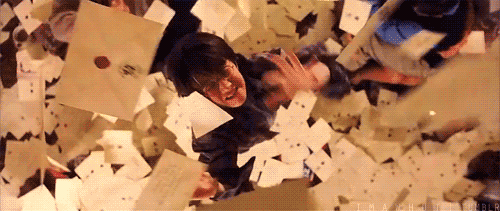
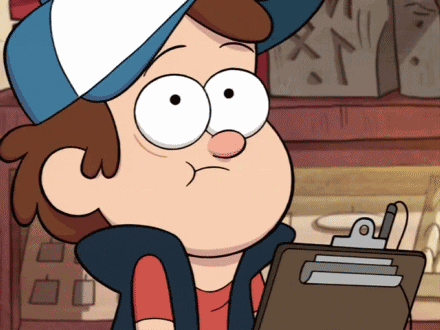
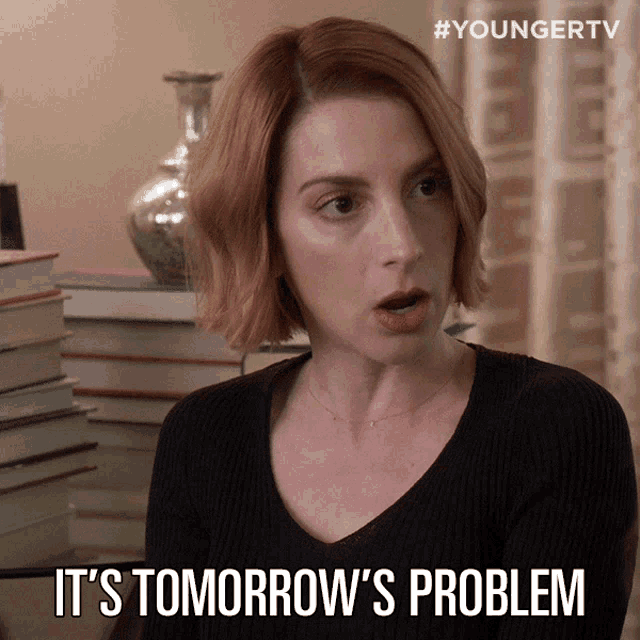

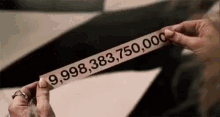

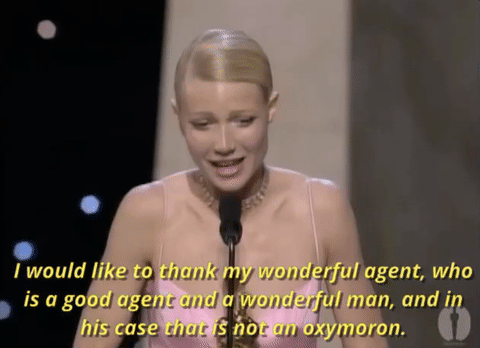
Thank you for sharing your process! We have a lot of similar things - hello typing up drafts and naming file folders for drafts that make it past that initial idea stage ;) But, instead of going in “grab bag” I try to have folders with categories, themes I keep coming back to like “sharing” will have a folder or type of stories like “ghost stories” will also have a folder. I often find that my titles stick too! And quite frequently I’ll think of a title first and the story will come from that. One thing I also like to do, since I’m an illustrator, is keep a special sketchbook for each project that gets to a certain point. In there, I can put notes, character sketches, scene ideas, thumbnails, jokes, etc. so when it comes time to dummy it up, a lot of ideas are right there on paper. And sketching helps me think and often goes hand in hand with revision. Loving these tips, and will incorporate the ones I don’t do to see if that helps!
I write an idea in story form, and then go back to revise arc and structure later, partly because I THINK I am thinking in PB, partly because I've never tried drafting into a dummy - take it back, I have, but it didn't turn into a whole story a fast as a write the full-blown idea has...It's really true, we're all different. But I want to know - when does it get a name/title? Draft zero or one?